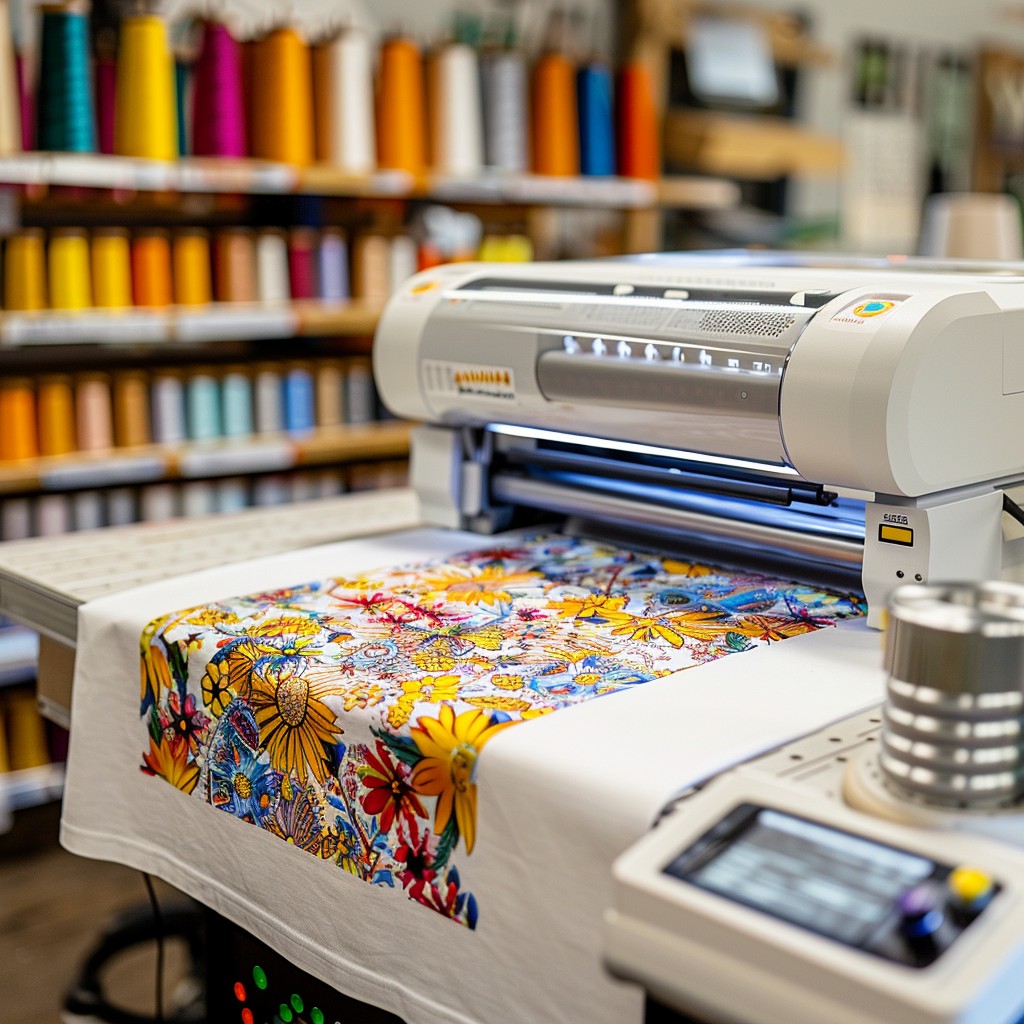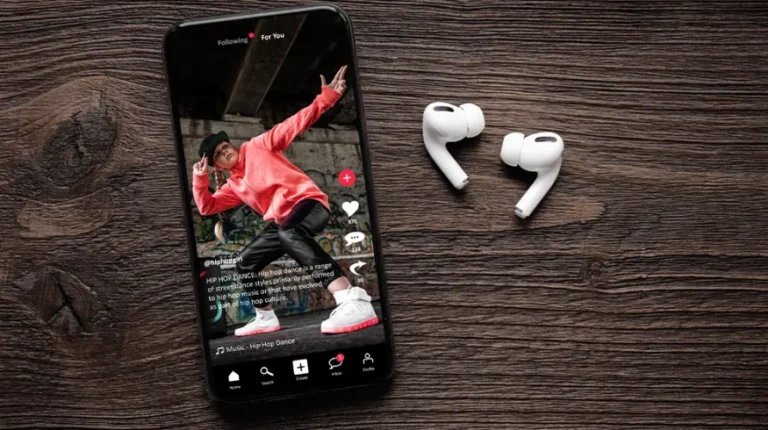The Ultimate Guide to T-Shirt Design: Mastering Creativity and Market Appeal

Designing a t-shirt that stands out in today’s saturated market requires more than just creativity. It involves a deep understanding of design principles, market trends, and customer preferences. Whether you are an aspiring designer or a seasoned professional looking to refine your skills, this comprehensive guide will equip you with the knowledge and tools needed to create t-shirt designs that not only captivate the eye but also sell.
Understanding the Fundamentals of T-Shirt Design
Before diving into the creative process, it’s essential to grasp the fundamentals that underpin great t-shirt design. These basics serve as the foundation upon which you can build more complex and innovative ideas.
1. The Importance of Conceptualization
Every great t-shirt design starts with a concept. This is the idea or theme that will guide the entire design process. When conceptualizing, consider the message you want to convey and the audience you are targeting. A strong concept will resonate with your audience, making the design more relatable and impactful.
2. Mastering Typography
Typography plays a crucial role in t-shirt design, especially if your design includes text. The choice of font, size, spacing, and color can significantly influence the overall look and feel of the t-shirt. Bold, easy-to-read fonts are typically more effective, but don’t be afraid to experiment with different styles to find what best complements your design.
3. Color Theory and Application
Color is one of the most powerful tools in design. Understanding color theory will enable you to make informed decisions about your color palette, ensuring that your design is visually appealing and communicates the intended mood. Consider the psychology of colors—red can evoke passion, while blue might convey calmness.
4. Composition and Layout
A well-composed design is balanced and aesthetically pleasing. The layout should guide the viewer’s eye across the design in a deliberate way, highlighting the most important elements. Symmetry, alignment, and spacing are all critical aspects of composition that should be meticulously planned.
Exploring Popular T-Shirt Design Styles
T-shirt design is a diverse field, with numerous styles to explore. Understanding these styles can help you find your niche and appeal to specific audiences.
1. Minimalist Designs
Minimalism is characterized by simplicity and the use of clean lines, shapes, and limited color palettes. This style is popular because it is versatile and can appeal to a wide audience. A minimalist design often relies on clever use of negative space and subtle details to make a statement.
2. Vintage and Retro Designs
Vintage and retro designs are inspired by past decades, often incorporating elements such as distressed textures, classic fonts, and muted color schemes. This style is particularly appealing to those who are nostalgic or who appreciate the aesthetics of bygone eras.
3. Illustrative and Artistic Designs
For those with a talent for drawing, illustrative designs can be a great way to showcase artistic skills. This style allows for more creative freedom, enabling designers to create intricate and detailed images that can be humorous, abstract, or whimsical.
4. Typography-Based Designs
Typography-based designs focus primarily on the use of text as the main design element. This style is ideal for conveying messages, quotes, or slogans. The success of a typography-based design hinges on the careful selection of fonts and the creative arrangement of text.
The Role of Market Research in T-Shirt Design
Creating a t-shirt that sells goes beyond just having a good design. Understanding your market is crucial to ensuring that your designs resonate with potential buyers.
1. Identifying Your Target Audience
Knowing who you are designing for is key to creating a successful t-shirt design. Consider factors such as age, gender, interests, and lifestyle when defining your target audience. This information will guide your design choices, from the themes you explore to the colors and styles you use.
2. Analyzing Market Trends
Staying updated on market trends is essential for staying relevant in the competitive t-shirt industry. Regularly research what’s popular in terms of design styles, color palettes, and themes. Trend analysis will help you identify opportunities to create designs that are timely and in demand.
3. Competitor Analysis
Examining what your competitors are doing can provide valuable insights into what works and what doesn’t in the market. Look at their best-selling designs, pricing strategies, and customer feedback. Use this information to refine your own approach and offer something unique.
The Creative Process: From Concept to Finished Product
The journey from idea to finished t-shirt design involves several stages, each requiring careful attention to detail.
1. Sketching and Brainstorming
Start by sketching your ideas on paper. This allows you to experiment with different concepts and layouts without committing to anything too early. Brainstorming is also a crucial part of this stage, helping you generate new ideas and refine existing ones.
2. Digital Design and Prototyping
Once you have a clear idea of what you want, transfer your sketches to a digital platform. Use design software such as Adobe Illustrator or Photoshop to create a digital prototype of your design. This stage allows for further refinement and adjustments, ensuring the design is polished before moving forward.
3. Choosing the Right Printing Technique
The printing technique you choose can significantly impact the final look of your t-shirt. Common methods include screen printing, direct-to-garment (DTG) printing, and heat transfer. Each technique has its own advantages and is suited to different types of designs. For instance, screen printing is ideal for bold, vibrant designs, while DTG is better suited for intricate, full-color designs.
4. Test Printing and Revisions
Before committing to a large production run, it’s wise to do a test print. This allows you to see how the design looks on an actual t-shirt and make any necessary adjustments. Pay attention to factors such as color accuracy, placement, and overall quality.
Marketing Your T-Shirt Design
Creating a great t-shirt design is only half the battle. Effective marketing is essential to ensure your designs reach the right audience and generate sales.
1. Building an Online Presence
An online presence is crucial in today’s digital age. Create a professional website where customers can view and purchase your designs. Utilize social media platforms to showcase your work and engage with potential customers. Platforms like Instagram and Pinterest are particularly effective for visual content.
2. Utilizing SEO for Online Visibility
Search Engine Optimization (SEO) is vital for increasing the visibility of your t-shirt designs online. Use relevant keywords in your product descriptions, blog posts, and website content to improve your search engine rankings. High-quality images, detailed descriptions, and customer reviews also play a role in enhancing your SEO efforts.
3. Leveraging Influencer Marketing
Collaborating with influencers can help you reach a larger audience. Choose influencers whose followers align with your target market. An endorsement from a trusted figure can significantly boost your brand’s credibility and visibility.
4. Offering Promotions and Discounts
Special promotions and discounts are effective ways to attract customers and drive sales. Consider offering limited-time discounts, bundle deals, or free shipping to entice potential buyers. These tactics can create a sense of urgency and encourage immediate purchases.
Conclusion
Creating a successful t-shirt design requires a blend of creativity, market knowledge, and strategic marketing. By understanding the fundamentals of design, staying informed about market trends, and effectively promoting your work, you can create t-shirts that not only look great but also sell well.






